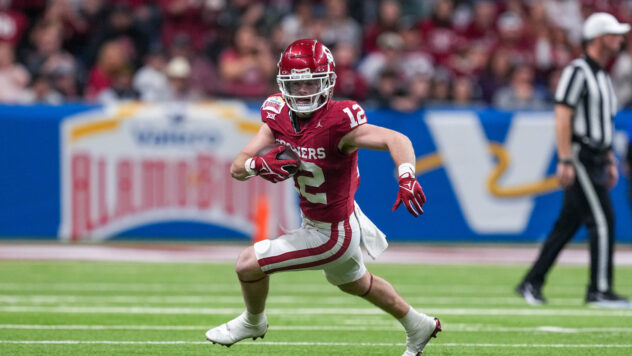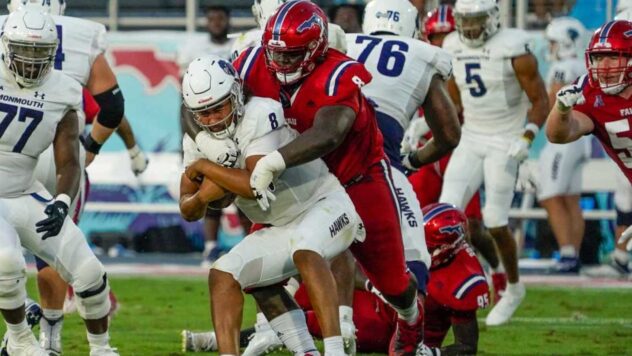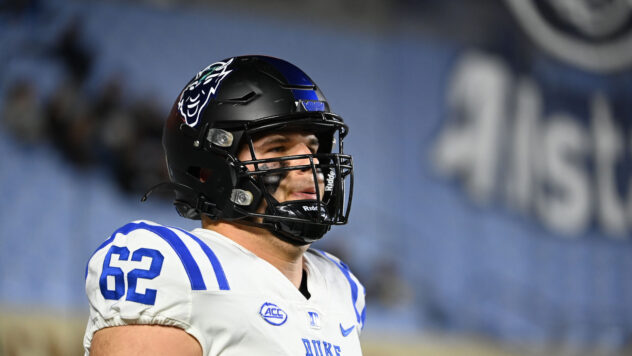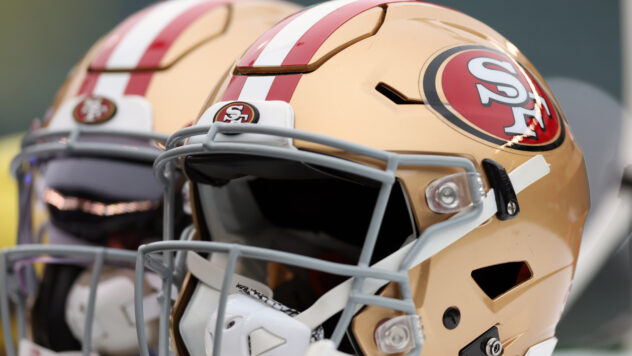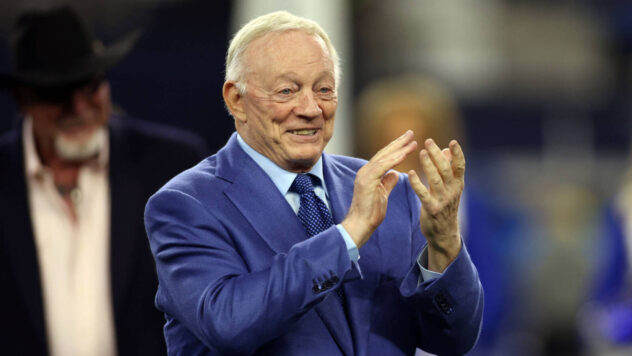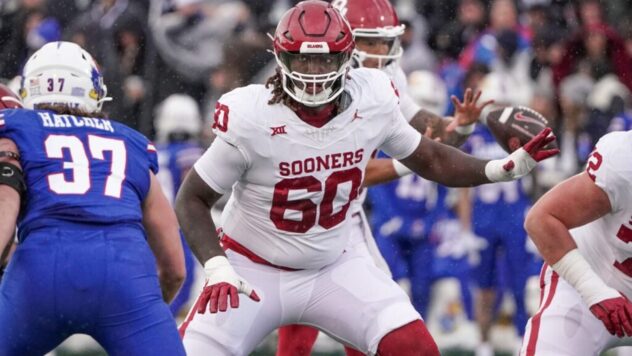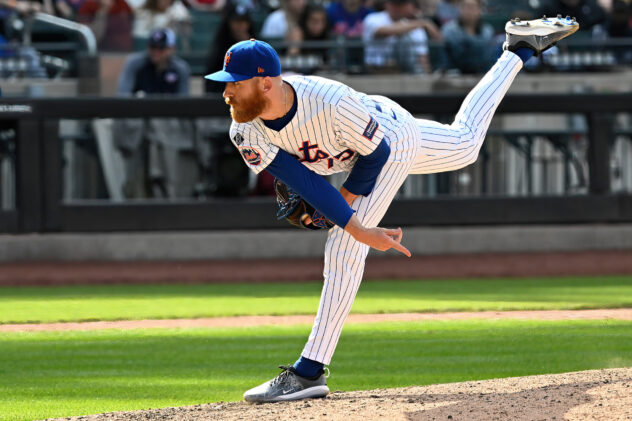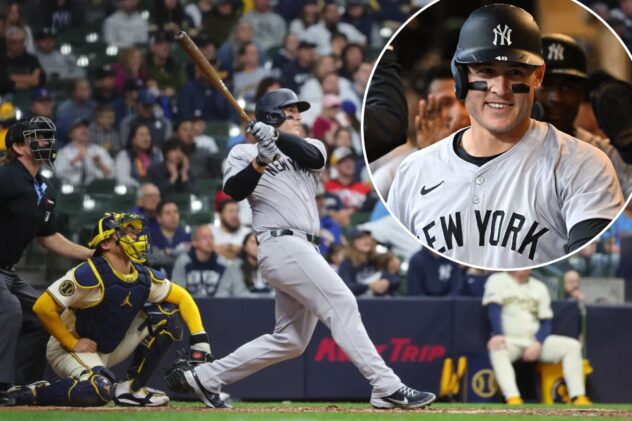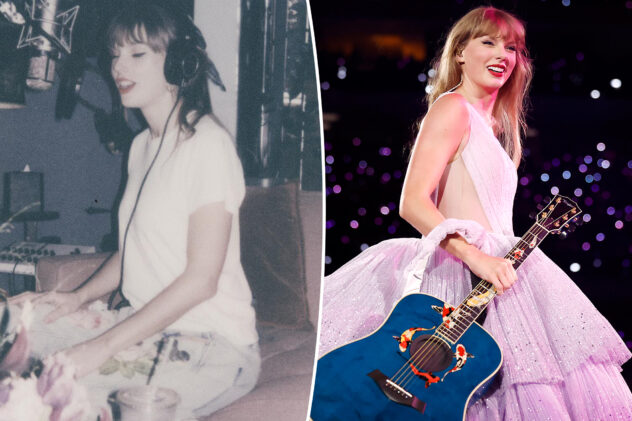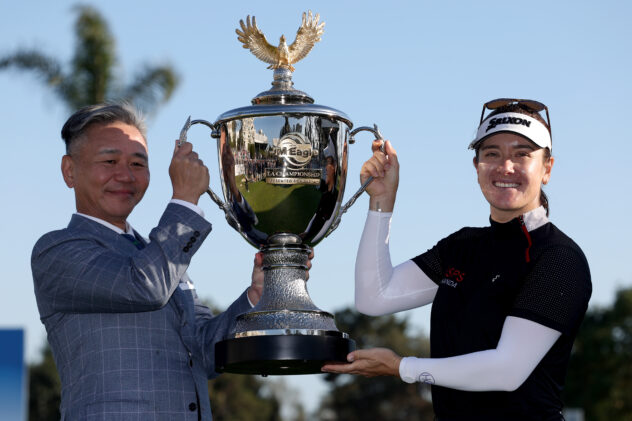Bucs Play-Calling, Brady, And The Broken Offense
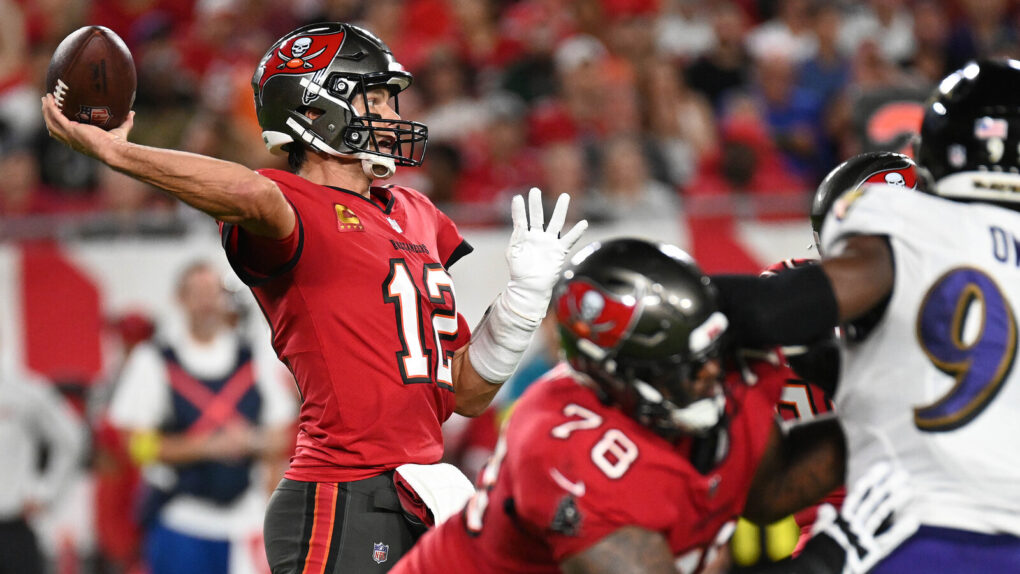
On paper, Tom Brady’s third season with the Bucs should have been a display of refinery.
In 2020, Bruce Arians and Byron Leftwich combined their seven-step-drop-and-rip-it-deep offense with their new (old) supercomputer quarterback who processed coverages faster than anyone. Brady’s strengths paired perfectly with the scheme’s biggest vulnerabilities, namely turnover-worthy plays and sacks (Brady had league-best percentages in both categories). The mix of relentlessly vertical and mistake-free football was a nightmare for defenses.
In 2021, the Bucs diversified their run game. They upped the mix of Outside Zone, Power, Counter, and Pin and Pull – all complimenting Duo, the in-your-face basis of their ground attack. They also added just the right amount of patience through the air. Defenses challenged quarterbacks to win with fewer gashes and more paper cuts, and Brady was happy to oblige.
Chris Godwin feasted in the short-to-intermediate area. He and Brady were in the most synchronized stretch of their time as teammates when Godwin went down in Week 15, already targeted seven times with nearly 13 minutes remaining in the second quarter. Godwin totaled 32 targets in the two games prior.
So naturally, with Godwin back and another offseason to build upon this offense, the 2022 Bucs should’ve been the smartest, most layered, and rhythmically in-sync version of this attack to date.
Yeah, well…
Same, Predictable Bucs Offense No Longer Works
The Arians/Leftwich offense has always been less about the “We know that you know that we know that you know that we know…” cat-and-mouse game with opposing defensive coordinators and more about “We know that you know – and we don’t care.”
While I’ve criticized elements of this approach before, it was still effective when the Bucs had one of the best offensive lines in the league, all-world weapons, and a cyborg quarterback executing with ruthless consistency. This year, the Bucs have failed to overcome the predictability of their approach.
You don’t need a phonebook thick playbook to be good. But you do need to be aware of your own tendencies – especially when you live on the extreme ends – and be able to manipulate them to your advantage. Instead, defenses have been one step ahead of the Bucs this year – over and over again.
It feels like the Bucs call plays in a vacuum either without consideration to the macro approach, or just an outright poorly-calibrated macro approach.
There’s the (relatively) high neutral first down run rate year after year despite having that quarterback and those receivers. And that volume of runs is put to no use because, as per usual, the Bucs are at the bottom of the league in play action usage despite having one of the most effective play action attacks over the past three years! (Because as we know – play action works regardless of if you run the ball well, though the Bucs paired 2021’s fourth-most efficient rush offense with a league-low play action rate – bravo!)
Still, that’s somewhat bigger-picture stuff. It’s the Packers’ De’Vondre Campbell knowing that when the Bucs short-motioned in the red zone (technically a two-point conversion attempt) into a stacked set that they were running Snag. It’s the Bucs’ unsuccessfully running it again a few weeks later in the low red zone against the Panthers. It’s Xavier Rhodes sitting on Middle Read, knowing exactly where Godwin was going, on third-and-11 earlier in that same game. It’s toss right becoming the go-to gotta-have-it short yardage play every week because you can’t trust your interior line.
Defenses being able to isolate plays like this is the consequence of play calling being fragmented and siloed. The most sophisticated schemers in the league are deliberate with the order in which they deploy their calls, whether that be during a game or over a season. “Sequencing,” as many call it. They also use their staple concepts as building blocks, thus building counters to their staples, and counters to the counters, and so on. This is often referred to as “layering.”
That’s where this offense is lacking. It’s a clunky, cash grab greatest hits collection rather than a precisely crafted concept album. But the issues aren’t exclusively schematic.
Brady Is In Decline, But Isn’t Bucs’ Problem On Offense
Brady is playing fairly well at 45. Going into Week 9, the Bucs are the ninth-most efficient passing offense in the league – a smidge behind red hot Geno Smith’s Seattle Seahawks. Brady graded as PFF’s second-best quarterback in the league at 43, the best at 44, and now, at 45, he’s seventh. He still makes jaw-dropping throws on a weekly basis that make you rewind the tape.
But Brady is declining. The idea that Brady was as good as he’s ever been has been untrue his entire tenure as a Buccaneer – no matter how often pundits said otherwise. The drop off has just been so slow that it’s understandable that many wouldn’t notice. It’s the quarterback equivalent of the boiling frog fable. Brady is still capable of playing like the league’s best player, but he’s not quite the same player he was in his mid to late thirties, nor is he the same player he was at 40 when he was the league’s MVP – even though he played at an MVP level last season.
Sure, people have attempted to point to declines before. He was apparently washed in 2019, and he’s apparently washed now. But those opinions were/are reflections of surface-level results rather than an isolation of Brady’s individual play.
So when he went from mucking throws in the vague direction of blanketed old man Ben Watson, should-be-on-IR Julian Edelman, and did-you-even-remember-he-was-on-that-team Mohamed Sanu in frigid Foxborough to bombs away to Mike Evans, Chris Godwin, and Rob Gronkowski in sunny Florida, many interpreted it as Brady going from washed to awesome (“How did his arm get so much stronger?”).
The tricky thing with Brady is that there is no cliff. At worst, it’s the world’s softest bunny hill. There’s not a single play from his past you can point to and say “that’s what he can’t do anymore.”
Instead, it’s an ever-so-slow decline in consistency and a greater sensitivity to the performance of others around him. Over the years, throws that he would make 90 percent of the time dwindled down to 85 percent. Brady’s relentlessly calm pocket presence became usually calm pocket presence. And instead of delivering the same steady individual performance regardless of the flaws around him, he’s now compounding some of his team’s weaknesses.
At his best, Brady would slide and climb between his tackles with a graceful nonchalance to the chaos around him. His eyes stayed downfield, and his base remained ready to throw at any moment. This allowed Brady to get to some of the late window throws – while maintaining his balance – that others might find out of structure and off platform.
This aspect is where his game has diminished the most over the years. The lack of movement was noticeable in 2020. It seemingly improved in 2021, perhaps due the offseason surgery to repair his knee. But in Brady’s time as a Buccaneer, never has his pocket movement been close to what it was in his prime. Tampa Bay’s elite offensive line over the last couple of years and Brady’s quick processing minimized the impact of that decline. Over the first seven games of this season, though, the interior offensive line wasn’t just okay, it was atrocious.
So when Nick Leverett started against the Ravens and played at an average to possibly even slightly above average level (either of which is a monumental upgrade), Brady’s uneasiness stood out that much more. He looked shell-shocked, at times rolling out of clean pockets and running from pressure that wasn’t there.
Even when trying to just relocate his launch point, the lower-body discipline to maintain a strong throwing base was missing. Late in the second quarter, Brady (correctly) shifted his position as he felt interior pressure and found Evans late in his progression streaking open down the left sideline. But instead of smoothly sliding left and launching the ball for a touchdown, Brady did an odd shuffle jog and lofted an under thrown ball that Evans turned around for and dropped.
For the majority of his career, the narrative that Brady would easily become rattled by pressure was not supported by the tape. He calibrated his processing speed, maneuvered in the pocket, and, most importantly, threw consistently from a fundamentally-sound base.
Unfortunately for the 2022 Buccaneers, Brady looks uncharacteristically rattled. Though it’s understandable why, he has to get out of it.
Brady has never required a top-tier offensive line to be great, and he doesn’t need one now. He just needs it to give him a chance. Similarly, the Bucs offensive line doesn’t need Brady to be the pocket maestro of yesteryear, but they do need him to trust them. And finally, the Bucs offense doesn’t need Leftwich to become Andy Reid, but a pinch more creativity wouldn’t hurt.
None of the Bucs’ issues on offense, even though I only touched on a couple here, are insurmountable. The hardest part is pulling out of this intertwined mess where everything makes everything else worse. If they can do that, they might just have a chance at salvaging this season.

